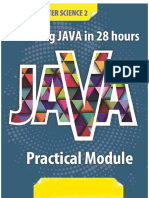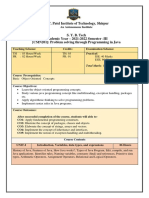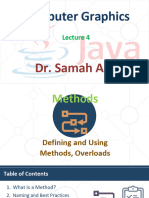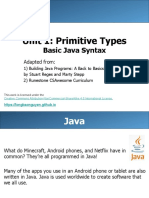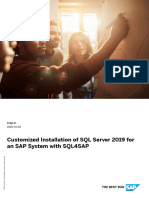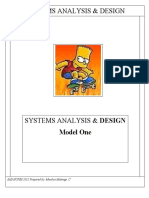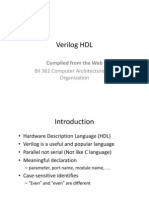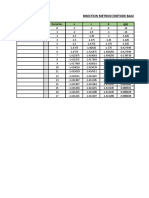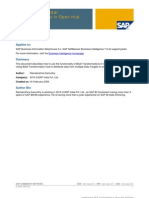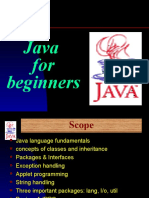0% found this document useful (0 votes)
31 views7 pagesPractical 01-It1214
The document outlines four practical sessions on Java programming, covering basic concepts such as program structure, classes, methods, loops, and command-line arguments. Each practical includes objectives, theoretical concepts, algorithms, source code links, expected outputs, observations, and conclusions. The sessions emphasize hands-on learning through coding exercises and understanding Java's syntax and functionality.
Uploaded by
jestudio22Copyright
© © All Rights Reserved
We take content rights seriously. If you suspect this is your content, claim it here.
Available Formats
Download as DOCX, PDF, TXT or read online on Scribd
0% found this document useful (0 votes)
31 views7 pagesPractical 01-It1214
The document outlines four practical sessions on Java programming, covering basic concepts such as program structure, classes, methods, loops, and command-line arguments. Each practical includes objectives, theoretical concepts, algorithms, source code links, expected outputs, observations, and conclusions. The sessions emphasize hands-on learning through coding exercises and understanding Java's syntax and functionality.
Uploaded by
jestudio22Copyright
© © All Rights Reserved
We take content rights seriously. If you suspect this is your content, claim it here.
Available Formats
Download as DOCX, PDF, TXT or read online on Scribd
/ 7






